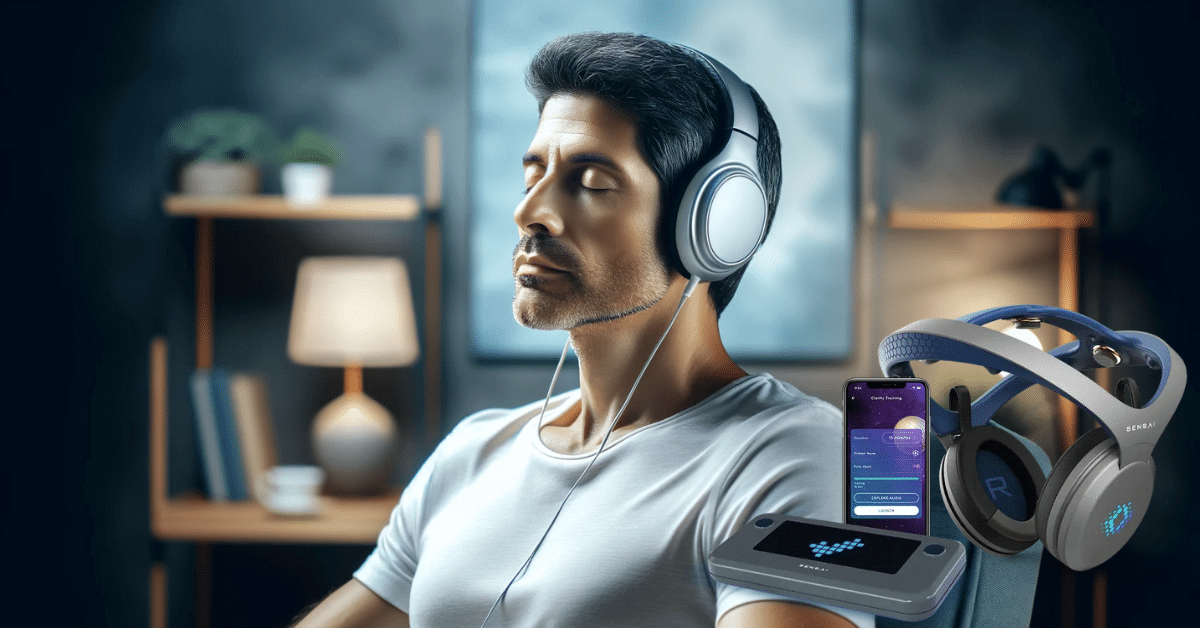Biofeedback devices play a crucial role in the medical field by helping individuals monitor various physiological functions. Curious to know more about the types of biofeedback devices available? Keep reading to uncover valuable insights!
Key Takeaways
- Biofeedback devices monitor physiological functions and provide crucial insights into the body’s responses.
- A wide variety of biofeedback devices, each with unique monitoring abilities, are currently available on the market.
- Different types of biofeedback devices can be utilized to address specific health conditions and improve overall well-being.
Understanding Biofeedback Devices
Biofeedback devices are invaluable instruments utilized in the medical field. They work by monitoring physiological functions such as heart rate, muscle tension, blood flow, breathing, and skin temperature. This kind of monitoring can provide valuable insights into how your body is reacting to various factors, and can ultimately assist in controlling these functions for better health management.
The mechanisms behind biofeedback devices lie in the gaining of insights about the body’s responses to internal and external stimuli. Understanding these responses could lead to improved health outcomes. So, the use of biofeedback devices transcends medical applications and can also be employed for personal use, such as stress management and the promotion of general well-being. To learn more about these devices, you can explore this article on biofeedback devices.
Popular Types of Biofeedback Devices
There’s a wide array of biofeedback devices available that offer varying monitoring capabilities. For instance, neurofeedback (EEG) devices monitor brain activities. Electromyography devices examine muscle activity. Thermal biofeedback devices assess blood flow and temperature variations. Lastly, electrodermal activity feedback devices gauge sweat gland activity.
All these devices serve to provide feedback on the body’s physiological responses and are widely used across different medical practice areas. They also have personal and recreational uses, especially for individuals interested in tracking their fitness progress or those looking for biofeedback methods to alleviate stress.
To determine which of these devices might be the most suitable for you, it’s important to thoroughly understand how biofeedback devices work.
Biofeedback Devices Available in Today’s Market
Identifying the right biofeedback device tailored to meet your specific needs can be challenging given the wide selection available today. Current devices on the market offer unique features and are designed to cater to particular health and wellness objectives. For example, some might focus more on heart rate monitor capability, while others might prioritize tracking muscle tension.
Finding the right device requires careful consideration of these features, as well as understanding both your health goals and how these devices function. It’s also crucial to be aware of various brands and manufacturers and to critically assess product reviews to make a more informed choice.
The Use and Benefits of Different Biofeedback Devices
Different biofeedback devices offer various applications and advantages, depending on their capabilities and the specific health conditions they aim to monitor or aid. For instance, EEG devices can help individuals manage symptoms of ADHD or sleep disorders. Electromyography devices can significantly help in physiotherapy and muscular rehabilitation.
Thermal biofeedback devices can assist in the better regulation of stress responses, while electrodermal activity feedback devices can prove effective in managing anxiety disorders. As such, understanding the usage and benefits of these diverse devices is critical to leveraging their capabilities to enhance your health and well-being.
Conclusion
Understanding the differences between types is crucial for informed decision-making when considering the purchase or utilization of these devices. Stay informed, stay empowered!
| Biofeedback Device | Function |
|---|---|
| Neurofeedback (EEG) | Monitors brain activities for health management |
| Electromyography | Examines muscle activity for rehabilitation purposes |
| Thermal Biofeedback | Assesses blood flow and temperature for stress regulation |
| Electrodermal Activity Feedback | Gauges sweat gland activity for anxiety management |


